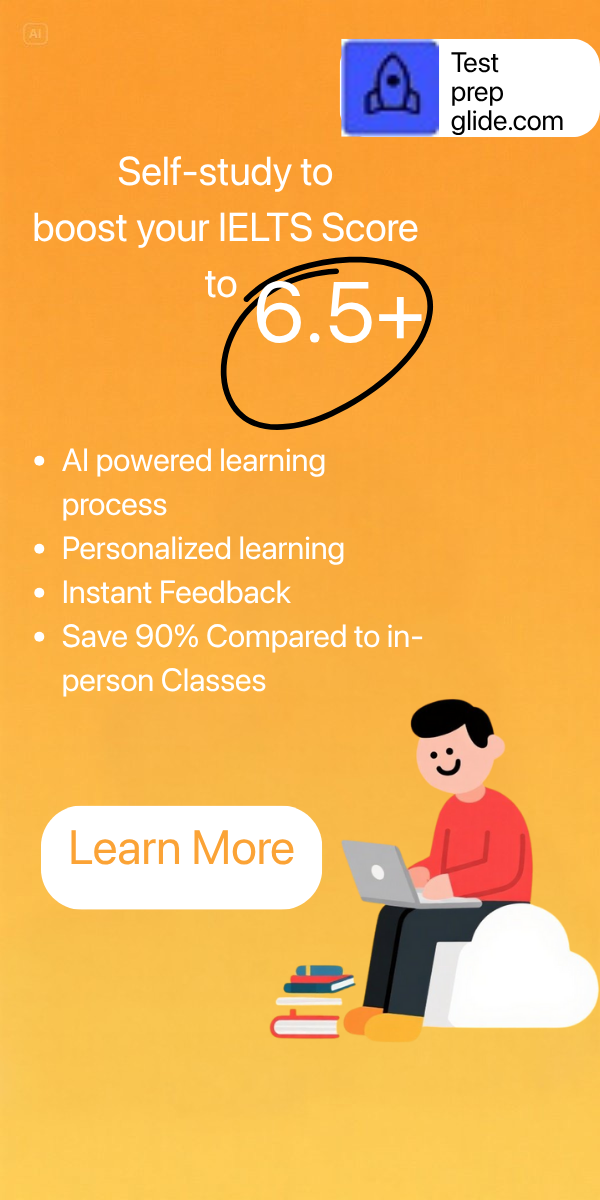Master These 10 IELTS Listening Tips to Achieve Your Target Score
- ENSURE ACCURATE SPELLING IN ALL ANSWERS
Answers with spelling errors are marked incorrect even if the content is correct. For instance, writing “bilding” instead of “building” results in no mark.
- WRITE ANSWERS EXACTLY AS HEARD IN THE RECORDING
Correct answers match the recording word-for-word. Paraphrasing isn’t acceptable. Changing tense, conjugation, or form makes the answer wrong.
- STRICTLY FOLLOW THE SPECIFIED WORD/NUMBER LIMIT
Exceeding the word limit on the question paper leads to incorrect marking. Use only the allowed number of words—double-check this requirement for every question.
Note: Hyphenated words (e.g., “old-fashioned”) count as one word.
- THE WORD LIMIT INDICATES THE MAXIMUM ALLOWABLE WORDS
If “3 words” is specified, you may use 1, 2, or 3 words.
- QUESTION TEXT MAY PARAPHRASE THE RECORDING
The wording on the question paper often differs from the recording despite identical meaning. However, answers themselves match the recording exactly.
- ANSWERS ALWAYS APPEAR IN RECORDING ORDER
Note: For multiple-choice questions, option order may not match the recording sequence.
- UTILIZE GUIDE WORDS TO NAVIGATE THE RECORDING
Key words or headings in questions help track your position. Use them to avoid confusion. If lost, listen for the next guide word to reorient yourself.
- SKIP MISSED ANSWERS IMMEDIATELY
Avoid lingering over missed questions, as this risks losing further answers. Leave the space blank and relocate the next guide word promptly.
- GUESS ALL UNANSWERED QUESTIONS BEFORE TIME ENDS
Provide a best guess for unknown answers before finishing. No penalties apply for wrong answers, making guessing beneficial.
- PREDICT MISSING WORD TYPES FROM QUESTION CONTEXT
Surrounding text often indicates what word type is needed. For example, an article (“a,” “an,” “the”) before a gap signals a noun; topics hint at noun meanings. A gap near a verb may require an adverb.
Practice more FREE IELTS Listening tests here: https://testprepglide.com/






